Home>Furniture & Design>Bathroom Accessories>Why Does My Toothbrush Smell Bad
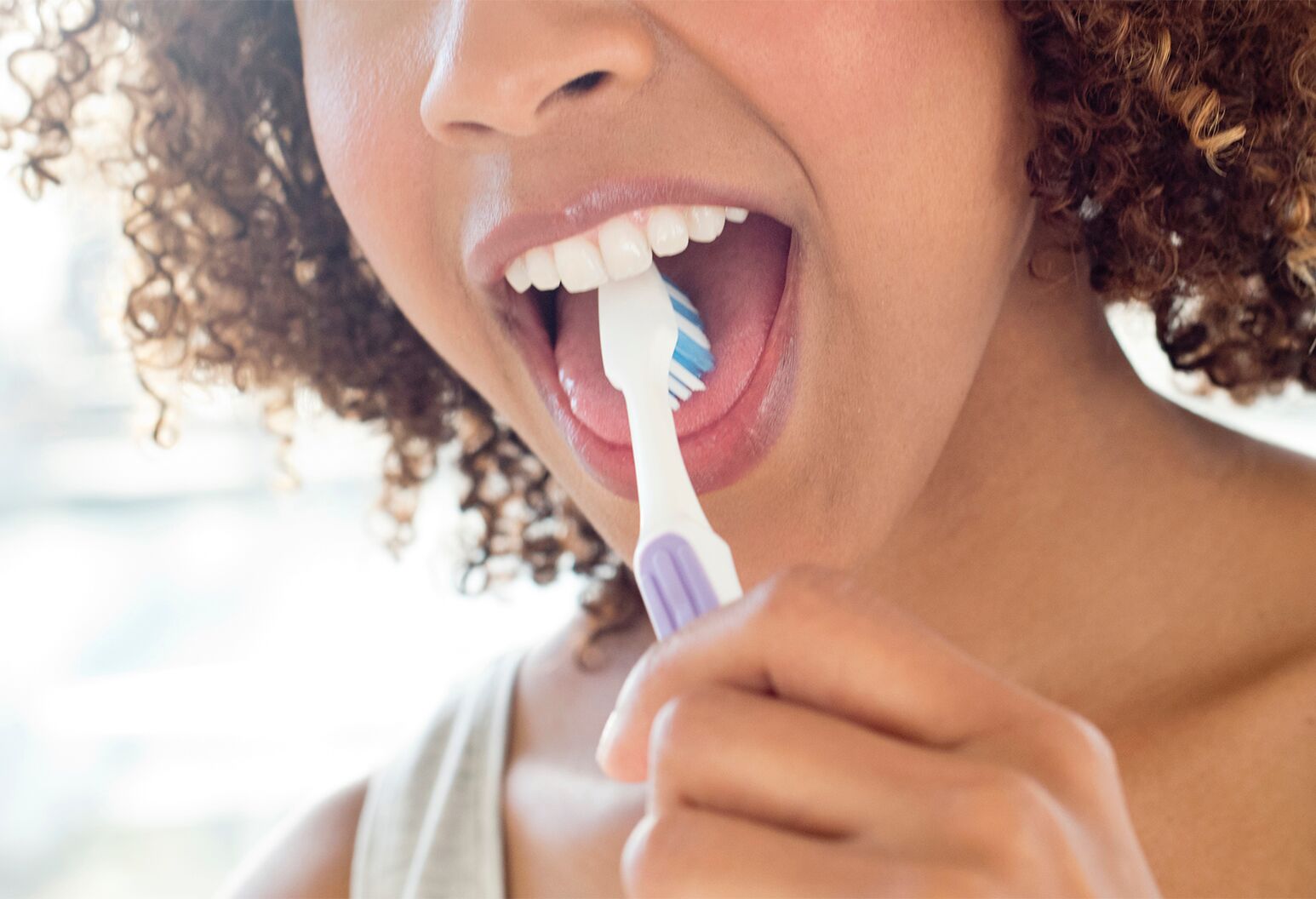

Bathroom Accessories
Why Does My Toothbrush Smell Bad
Modified: April 22, 2024
Discover the reasons behind your smelly toothbrush and learn how to keep your bathroom accessories fresh and clean. Find effective solutions for eliminating bad odors.
(Many of the links in this article redirect to a specific reviewed product. Your purchase of these products through affiliate links helps to generate commission for Storables.com, at no extra cost. Learn more)
Introduction
Have you ever noticed a foul odor emanating from your toothbrush? It's a common issue that many people encounter, and it can be quite off-putting. A smelly toothbrush can leave you wondering about the cleanliness of your oral care routine and may even lead to concerns about the effectiveness of your dental hygiene practices. Understanding the reasons behind this unpleasant phenomenon is the first step toward addressing it and ensuring that your toothbrush remains fresh and effective.
In this comprehensive guide, we will delve into the various factors that can contribute to a malodorous toothbrush. From bacterial buildup to improper storage, we will explore the potential causes of this issue and provide practical solutions to help you maintain a fresh and hygienic toothbrush.
By gaining insight into the common culprits behind a smelly toothbrush, you can take proactive steps to mitigate these factors and ensure that your oral care tools remain clean and pleasant to use. Let's embark on this journey to uncover the secrets of a fresh toothbrush and elevate your dental hygiene routine to a whole new level.
Key Takeaways:
- Keep your toothbrush fresh by rinsing it thoroughly after each use and allowing it to air dry. Regularly replace it every 3-4 months to prevent bacterial buildup and maintain optimal dental hygiene.
- Store your toothbrush in an open-air environment to prevent moisture retention and bacterial growth. Check the bristles for wear and replace the toothbrush promptly to ensure freshness and effectiveness.
Read more: Why Does My AC Smell Bad
Causes of Bad Smell
A malodorous toothbrush can be attributed to several factors, each of which can compromise the freshness and cleanliness of this essential oral care tool. Understanding these potential causes is crucial for addressing the issue and maintaining optimal dental hygiene. Let's explore the primary reasons behind a smelly toothbrush:
Bacteria Buildup
One of the leading causes of a bad-smelling toothbrush is the accumulation of bacteria. When we brush our teeth, our toothbrushes come into contact with various oral bacteria, food particles, and saliva. If the toothbrush is not thoroughly rinsed and allowed to air dry after each use, these organic residues can create an ideal environment for bacterial growth. Over time, this buildup of bacteria can lead to an unpleasant odor emanating from the toothbrush, signaling the need for intervention to restore its freshness.
Improper Storage
The manner in which a toothbrush is stored can significantly impact its odor. When a toothbrush is stored in a closed, damp environment, such as a travel case or a drawer, it is more prone to developing a foul smell. In such conditions, moisture becomes trapped around the bristles, fostering bacterial proliferation and contributing to the unpleasant odor. Additionally, storing multiple toothbrushes in close proximity can exacerbate this issue, as it increases the likelihood of cross-contamination and bacterial transfer.
Old or Worn Out Bristles
Over time, the bristles of a toothbrush can become worn out and frayed, diminishing their effectiveness in removing plaque and debris from the teeth and gums. As the bristles deteriorate, they can also become more susceptible to bacterial retention, leading to a foul smell. It is essential to monitor the condition of the bristles and replace the toothbrush promptly when signs of wear become apparent to prevent the buildup of odor-causing bacteria.
By recognizing these potential causes of a bad-smelling toothbrush, you can take proactive measures to address each factor and maintain a fresh and hygienic oral care routine. In the following sections, we will delve into practical solutions to combat these issues and ensure that your toothbrush remains a reliable tool for maintaining optimal dental hygiene.
Read more: Why Does My Rice Cooker Smell Bad
Bacteria Buildup
Bacteria buildup is a common issue that can lead to a foul odor emanating from your toothbrush. Every time you brush your teeth, your toothbrush comes into contact with various oral bacteria, food particles, and saliva. If the toothbrush is not thoroughly rinsed and allowed to air dry after each use, these organic residues can create an ideal environment for bacterial growth. Over time, this buildup of bacteria can lead to an unpleasant odor emanating from the toothbrush, signaling the need for intervention to restore its freshness.
To combat bacteria buildup, it is crucial to adopt a diligent approach to cleaning and maintaining your toothbrush. After each use, thoroughly rinse the toothbrush under running water to remove any remaining toothpaste, food particles, and saliva. Gently shake the toothbrush to dislodge any trapped debris and ensure that the bristles are free from any residual substances. Once rinsed, allow the toothbrush to air dry in an upright position, ensuring that it is not in contact with any surfaces that may harbor additional bacteria.
In addition to regular rinsing and drying, consider implementing a periodic deep-cleaning routine for your toothbrush. This can be achieved by soaking the toothbrush in an antibacterial mouthwash or a solution of water and hydrogen peroxide. These antimicrobial agents can help to eliminate bacteria and neutralize odors, contributing to a fresher toothbrush overall. However, it is important to thoroughly rinse the toothbrush after this treatment to remove any residual mouthwash or hydrogen peroxide before using it again.
Furthermore, consider replacing your toothbrush at regular intervals to prevent the accumulation of bacteria. The American Dental Association recommends replacing your toothbrush approximately every three to four months, or sooner if the bristles show signs of wear. By adhering to this guideline, you can ensure that your toothbrush remains effective in removing plaque and oral debris while minimizing the risk of bacterial buildup and associated odors.
By addressing bacteria buildup through diligent cleaning practices and regular toothbrush replacement, you can effectively combat the issue of a smelly toothbrush. Implementing these proactive measures will not only contribute to a fresher oral care routine but also support your overall dental hygiene efforts.
Improper Storage
Improper storage of a toothbrush can significantly contribute to the development of a foul odor. When a toothbrush is stored in a closed, damp environment, such as a travel case or a drawer, it is more prone to developing a musty smell. In such conditions, moisture becomes trapped around the bristles, fostering bacterial proliferation and contributing to the unpleasant odor. Additionally, storing multiple toothbrushes in close proximity can exacerbate this issue, as it increases the likelihood of cross-contamination and bacterial transfer.
To mitigate the impact of improper storage on the freshness of your toothbrush, it is essential to adopt proper storage practices. After each use, thoroughly rinse the toothbrush under running water to remove any residual toothpaste, food particles, and saliva. Once rinsed, shake off any excess water and allow the toothbrush to air dry in an upright position. This allows for proper ventilation around the bristles, reducing the likelihood of moisture accumulation and bacterial growth.
When it comes to storing your toothbrush, opt for an open-air environment that allows for adequate airflow. A toothbrush holder or stand that supports the toothbrush in an upright position can facilitate proper drying and minimize the risk of odor-causing bacteria. Avoid storing toothbrushes in closed containers or confined spaces, as these settings can promote the retention of moisture and contribute to the development of a stale odor.
Furthermore, it is advisable to store individual toothbrushes separately to prevent cross-contamination. If multiple toothbrushes are stored in close proximity, there is a higher likelihood of bacterial transfer between the bristles, leading to the proliferation of odor-causing microbes. By allocating dedicated storage spaces for each toothbrush, you can minimize the risk of cross-contamination and maintain the freshness of your oral care tools.
By implementing these proper storage practices, you can effectively mitigate the impact of improper storage on the odor of your toothbrush. By allowing for thorough drying and minimizing the risk of bacterial proliferation, you can ensure that your toothbrush remains fresh and conducive to maintaining optimal dental hygiene.
Old or Worn Out Bristles
Old or worn out bristles on a toothbrush can significantly contribute to the development of a foul odor and compromise its effectiveness in maintaining optimal dental hygiene. Over time, the bristles of a toothbrush can become frayed, splayed, or worn down, diminishing their ability to effectively remove plaque and debris from the teeth and gums. As the bristles deteriorate, they can also become more susceptible to bacterial retention, leading to the accumulation of odor-causing microbes.
Recognizing the signs of wear on your toothbrush bristles is essential for addressing this issue proactively. Inspect the bristles regularly, paying attention to their texture, shape, and overall condition. If you notice that the bristles appear flattened, splayed, or frayed, it is a clear indication that the toothbrush is no longer functioning optimally and may be contributing to the development of a foul odor.
To mitigate the impact of old or worn out bristles on the freshness of your toothbrush, it is crucial to monitor the condition of the bristles and replace the toothbrush promptly when signs of wear become apparent. The American Dental Association recommends replacing your toothbrush approximately every three to four months, or sooner if the bristles show signs of wear. By adhering to this guideline, you can ensure that your toothbrush remains effective in removing plaque and oral debris while minimizing the risk of bacterial buildup and associated odors.
When selecting a new toothbrush, opt for one with soft or extra-soft bristles, as these are gentle on the teeth and gums while still providing effective cleaning. Additionally, consider investing in a toothbrush with features designed to inhibit bacterial growth, such as antimicrobial bristle technology or specially designed bristle patterns that facilitate thorough cleaning.
By addressing the issue of old or worn out bristles through regular monitoring and timely replacement of your toothbrush, you can effectively combat the development of a foul odor and maintain a fresh and hygienic oral care routine. Implementing these proactive measures will not only contribute to a fresher toothbrush but also support your overall dental hygiene efforts, ensuring that your oral care tools remain effective in promoting oral health and cleanliness.
Solutions for a Fresh Toothbrush
Maintaining a fresh and hygienic toothbrush is essential for supporting optimal dental hygiene and ensuring a pleasant oral care experience. By addressing the potential causes of a smelly toothbrush and implementing proactive solutions, you can effectively combat odor-causing factors and elevate the freshness of your oral care tools. Let's explore practical solutions to promote a fresh toothbrush:
Read more: Why Does My Air Conditioner Smell Bad?
Regular Cleaning
Implementing a diligent approach to cleaning your toothbrush after each use is crucial for preventing the buildup of odor-causing bacteria. Thoroughly rinse the toothbrush under running water, ensuring that all residual toothpaste, food particles, and saliva are removed from the bristles. Gently shake the toothbrush to dislodge any trapped debris and allow it to air dry in an upright position. This practice facilitates proper ventilation and minimizes the retention of moisture, reducing the likelihood of bacterial proliferation and unpleasant odors.
In addition to daily cleaning, consider incorporating a periodic deep-cleaning routine for your toothbrush. Soaking the toothbrush in an antibacterial mouthwash or a solution of water and hydrogen peroxide can help eliminate bacteria and neutralize odors. However, it is essential to thoroughly rinse the toothbrush after this treatment to remove any residual mouthwash or hydrogen peroxide before using it again. By integrating regular and deep-cleaning practices into your oral care routine, you can effectively combat the development of a smelly toothbrush and maintain its freshness.
Proper Storage
Adopting proper storage practices is essential for preserving the freshness of your toothbrush and mitigating the impact of improper storage on its odor. After each use, ensure that the toothbrush is thoroughly rinsed and allowed to air dry in an upright position. Avoid storing the toothbrush in closed, damp environments, such as travel cases or drawers, as these settings can promote moisture retention and bacterial proliferation. Instead, opt for open-air storage solutions, such as toothbrush holders or stands, that facilitate proper ventilation and drying.
Furthermore, store individual toothbrushes separately to prevent cross-contamination and minimize the risk of bacterial transfer. By allocating dedicated storage spaces for each toothbrush, you can maintain the integrity of their bristles and promote a fresh and hygienic oral care routine.
Replacing Your Toothbrush
Regularly replacing your toothbrush is essential for ensuring its effectiveness in maintaining optimal dental hygiene and preventing the accumulation of odor-causing bacteria. The American Dental Association recommends replacing your toothbrush approximately every three to four months, or sooner if the bristles show signs of wear. By adhering to this guideline, you can minimize the risk of bacterial buildup and associated odors, while ensuring that your toothbrush remains a reliable tool for promoting oral health and cleanliness.
When selecting a new toothbrush, opt for one with soft or extra-soft bristles, as these are gentle on the teeth and gums while still providing effective cleaning. Additionally, consider investing in a toothbrush with features designed to inhibit bacterial growth, such as antimicrobial bristle technology or specially designed bristle patterns that facilitate thorough cleaning.
By integrating these solutions into your oral care routine, you can effectively combat the development of a smelly toothbrush and maintain a fresh and hygienic oral care experience. By prioritizing regular cleaning, proper storage, and timely toothbrush replacement, you can elevate the freshness of your toothbrush and support your overall dental hygiene efforts.
Regular Cleaning
Regular cleaning of your toothbrush is a fundamental practice that plays a pivotal role in preventing the buildup of odor-causing bacteria and maintaining its freshness. After each use, it is essential to dedicate time to thoroughly clean your toothbrush, ensuring that it remains free from residual toothpaste, food particles, and saliva. This simple yet crucial step can significantly impact the overall hygiene of your toothbrush and contribute to a pleasant oral care experience.
Begin the cleaning process by rinsing the toothbrush under running water, allowing the water to thoroughly flow through the bristles and dislodge any trapped debris. By doing so, you can effectively remove any lingering substances that may contribute to bacterial growth and the development of unpleasant odors. It is important to pay attention to the thoroughness of the rinsing process, ensuring that all residual substances are effectively washed away.
Once the rinsing is complete, gently shake the toothbrush to further dislodge any remaining debris and excess water. This step helps to ensure that the bristles are free from any trapped particles and facilitates the subsequent drying process. After shaking the toothbrush, allow it to air dry in an upright position, ensuring that it is not in contact with any surfaces that may harbor additional bacteria. Proper ventilation and drying are essential for minimizing the retention of moisture, which can create an environment conducive to bacterial proliferation.
In addition to daily cleaning, consider incorporating a periodic deep-cleaning routine for your toothbrush. This can be achieved by soaking the toothbrush in an antibacterial mouthwash or a solution of water and hydrogen peroxide. These antimicrobial agents can help to eliminate bacteria and neutralize odors, contributing to a fresher toothbrush overall. However, it is important to thoroughly rinse the toothbrush after this treatment to remove any residual mouthwash or hydrogen peroxide before using it again.
By integrating regular and deep-cleaning practices into your oral care routine, you can effectively combat the development of a smelly toothbrush and maintain its freshness. These simple yet impactful cleaning practices not only contribute to a hygienic oral care experience but also support your overall dental hygiene efforts, ensuring that your toothbrush remains a reliable tool for promoting oral health and cleanliness.
Read more: Why Does My Cat’s Litter Box Smell So Bad
Proper Storage
Proper storage of your toothbrush is essential for preserving its freshness and mitigating the impact of improper storage on its odor. After each use, it is crucial to ensure that the toothbrush is thoroughly rinsed and allowed to air dry in an upright position. This simple yet effective practice facilitates proper ventilation around the bristles, minimizing the retention of moisture and reducing the likelihood of bacterial proliferation.
When it comes to storing your toothbrush, opt for open-air storage solutions that allow for adequate airflow. Utilizing a toothbrush holder or stand that supports the toothbrush in an upright position can facilitate proper drying and minimize the risk of odor-causing bacteria. Avoid storing the toothbrush in closed, damp environments, such as travel cases or drawers, as these settings can promote moisture retention and contribute to the development of a stale odor.
Furthermore, it is advisable to store individual toothbrushes separately to prevent cross-contamination and minimize the risk of bacterial transfer. By allocating dedicated storage spaces for each toothbrush, you can maintain the integrity of their bristles and promote a fresh and hygienic oral care routine.
By implementing these proper storage practices, you can effectively mitigate the impact of improper storage on the odor of your toothbrush. By allowing for thorough drying and minimizing the risk of bacterial proliferation, you can ensure that your toothbrush remains fresh and conducive to maintaining optimal dental hygiene.
To prevent your toothbrush from smelling bad, make sure to rinse it thoroughly after each use and store it in an upright position to air dry. You can also soak it in mouthwash or hydrogen peroxide to kill bacteria.
Replacing Your Toothbrush
Regularly replacing your toothbrush is a fundamental aspect of maintaining optimal dental hygiene and ensuring the freshness of your oral care tools. The American Dental Association recommends replacing your toothbrush approximately every three to four months, or sooner if the bristles show signs of wear. Adhering to this guideline is essential for minimizing the risk of bacterial buildup and associated odors, while ensuring that your toothbrush remains a reliable tool for promoting oral health and cleanliness.
Over time, the bristles of a toothbrush can become worn out, frayed, or splayed, diminishing their effectiveness in removing plaque and debris from the teeth and gums. As the bristles deteriorate, they can also become more susceptible to bacterial retention, leading to the accumulation of odor-causing microbes. Recognizing the signs of wear on your toothbrush bristles is crucial for addressing this issue proactively. Regularly inspect the bristles, paying attention to their texture, shape, and overall condition. If you notice that the bristles appear flattened, splayed, or frayed, it is a clear indication that the toothbrush is no longer functioning optimally and may be contributing to the development of a foul odor.
When selecting a new toothbrush, opt for one with soft or extra-soft bristles, as these are gentle on the teeth and gums while still providing effective cleaning. Additionally, consider investing in a toothbrush with features designed to inhibit bacterial growth, such as antimicrobial bristle technology or specially designed bristle patterns that facilitate thorough cleaning. By choosing a toothbrush that prioritizes both hygiene and effectiveness, you can further enhance the freshness and cleanliness of your oral care routine.
By adhering to the recommended replacement timeline and selecting a high-quality toothbrush, you can effectively combat the development of a smelly toothbrush and maintain a fresh and hygienic oral care experience. Prioritizing timely toothbrush replacement is a proactive measure that supports your overall dental hygiene efforts, ensuring that your oral care tools remain effective in promoting oral health and cleanliness.
In summary, replacing your toothbrush at regular intervals is a simple yet impactful practice that contributes to a fresh and hygienic oral care routine. By monitoring the condition of the bristles and selecting high-quality replacement toothbrushes, you can effectively combat the development of a smelly toothbrush and elevate the freshness of your oral care tools.
Conclusion
Maintaining a fresh and hygienic toothbrush is essential for promoting optimal dental hygiene and ensuring a pleasant oral care experience. By addressing the potential causes of a smelly toothbrush and implementing proactive solutions, individuals can effectively combat odor-causing factors and elevate the freshness of their oral care tools.
The primary factors contributing to a malodorous toothbrush include bacteria buildup, improper storage, and old or worn-out bristles. Bacterial accumulation can occur when toothbrushes are not thoroughly rinsed and allowed to air dry after each use, creating an ideal environment for microbial growth. Improper storage in closed, damp environments can exacerbate this issue, leading to moisture retention and bacterial proliferation. Additionally, old or worn-out bristles can compromise the effectiveness of a toothbrush and contribute to the development of unpleasant odors.
To combat these issues, individuals can adopt proactive measures such as regular cleaning, proper storage, and timely toothbrush replacement. Implementing a diligent approach to cleaning toothbrushes after each use, including thorough rinsing and proper drying, can significantly mitigate the buildup of odor-causing bacteria. Deep-cleaning routines using antibacterial mouthwash or hydrogen peroxide solutions can further contribute to a fresher toothbrush.
Proper storage practices, such as allowing for adequate airflow and individualized storage for each toothbrush, can minimize the risk of bacterial proliferation and contribute to a fresh and hygienic oral care routine. Furthermore, adhering to the recommended timeline for toothbrush replacement, approximately every three to four months, can prevent the accumulation of odor-causing bacteria and ensure the effectiveness of oral care tools.
In conclusion, by prioritizing regular cleaning, proper storage, and timely toothbrush replacement, individuals can maintain a fresh and hygienic oral care routine. These proactive measures not only combat the development of a smelly toothbrush but also support overall dental hygiene efforts, ensuring that oral care tools remain effective in promoting oral health and cleanliness. By integrating these solutions into daily oral care practices, individuals can elevate the freshness of their toothbrushes and enjoy a pleasant and effective dental hygiene experience.
Frequently Asked Questions about Why Does My Toothbrush Smell Bad
Was this page helpful?
At Storables.com, we guarantee accurate and reliable information. Our content, validated by Expert Board Contributors, is crafted following stringent Editorial Policies. We're committed to providing you with well-researched, expert-backed insights for all your informational needs.

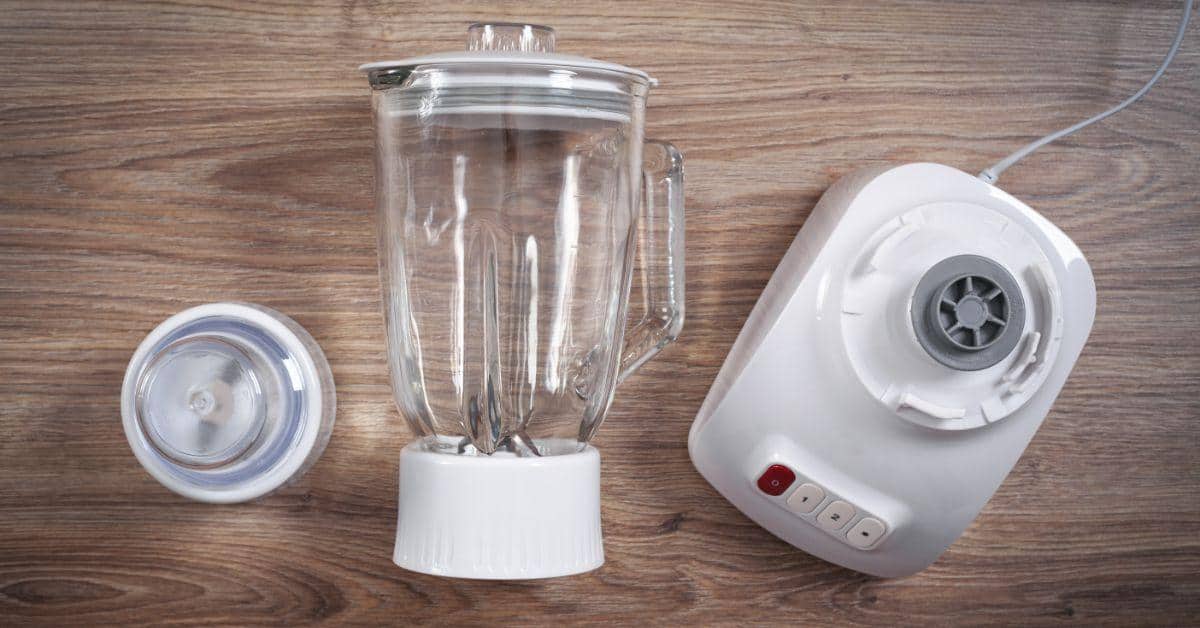
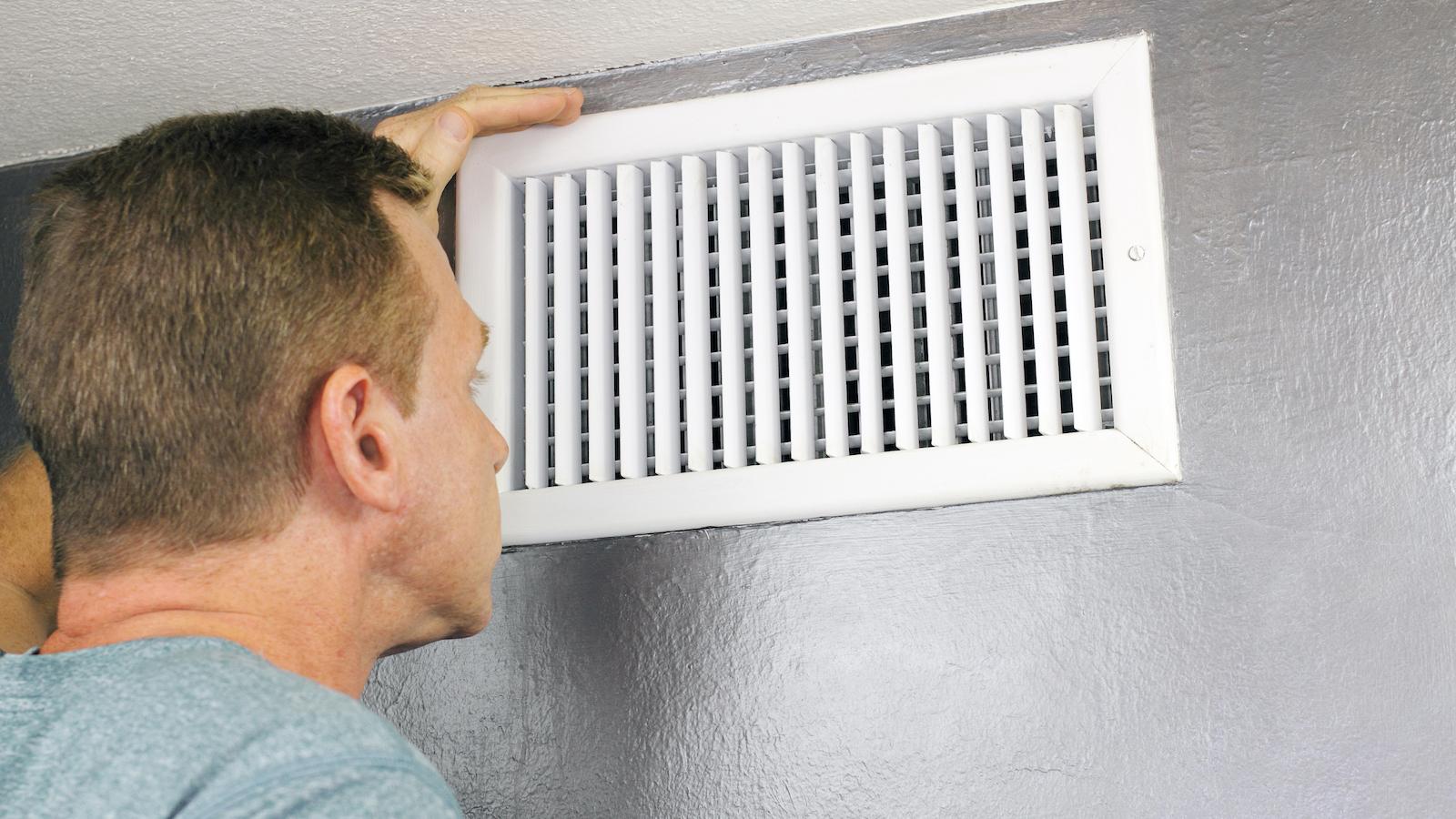
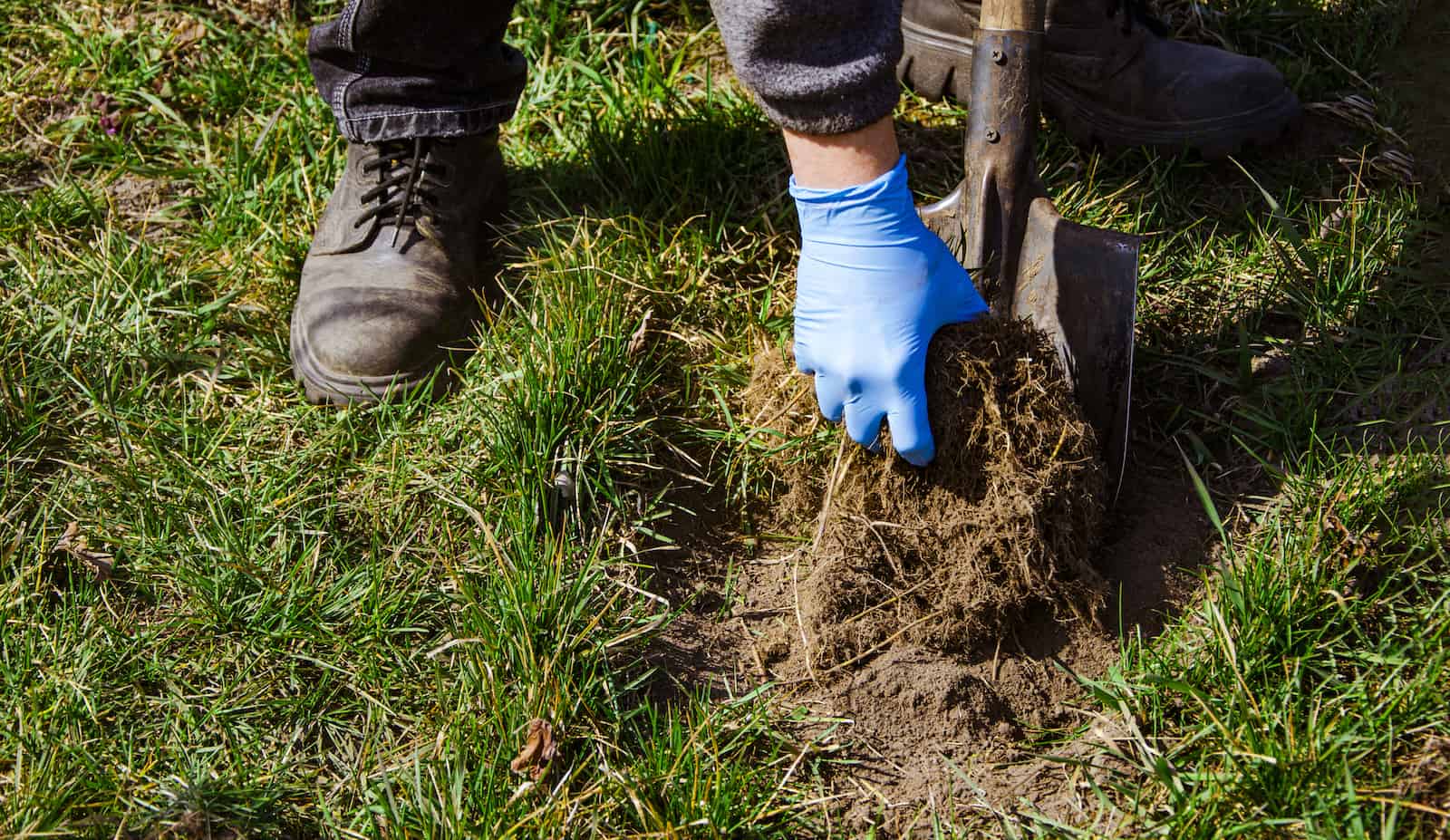

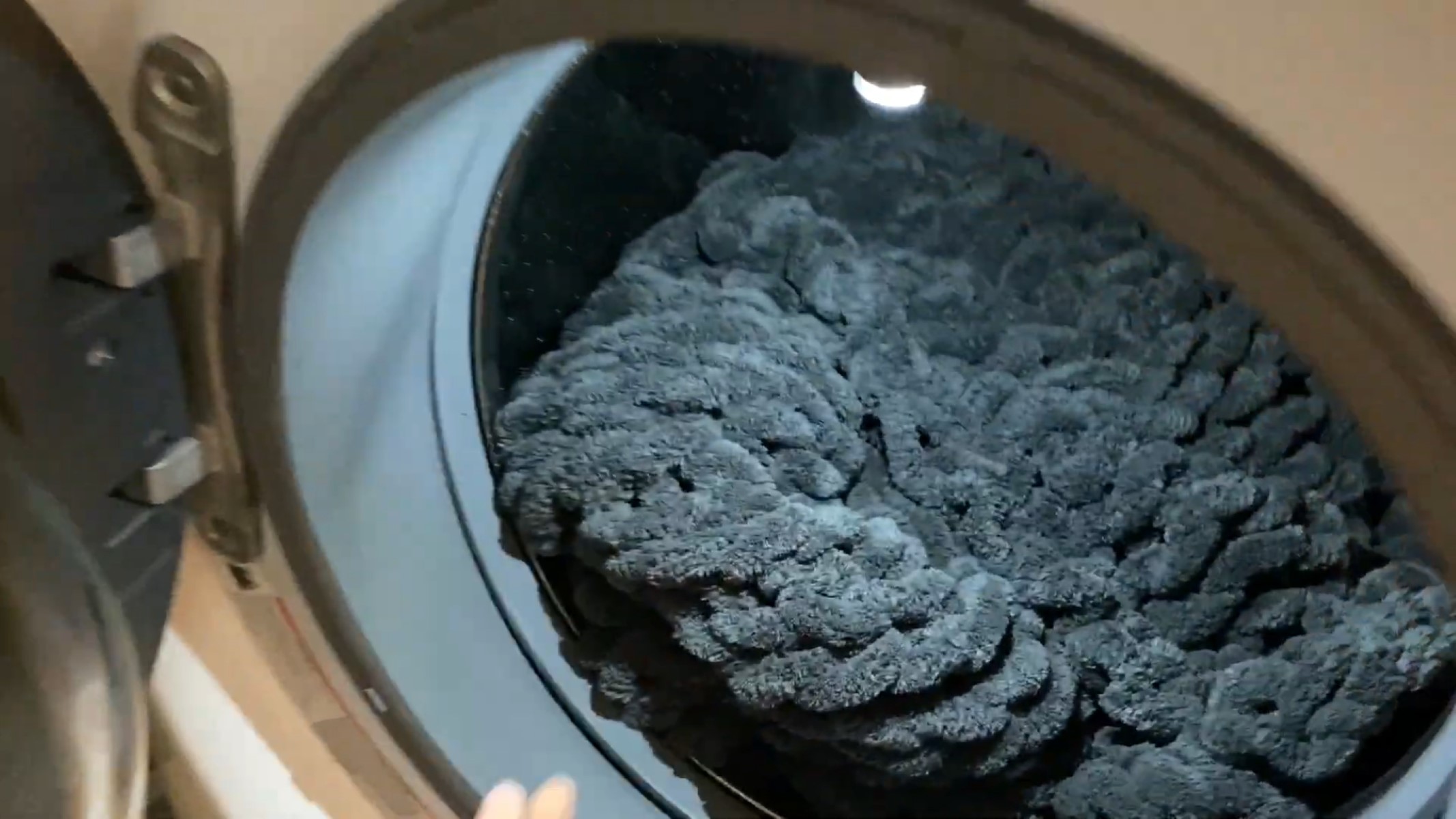

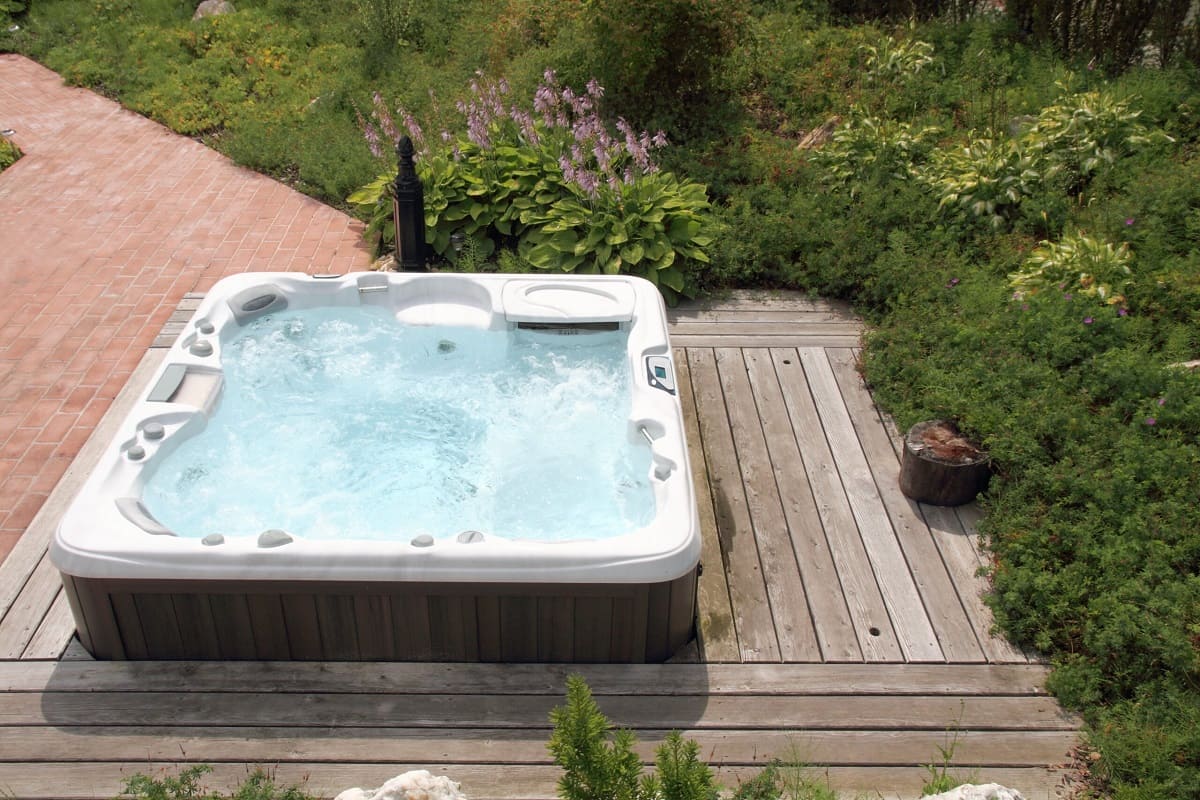
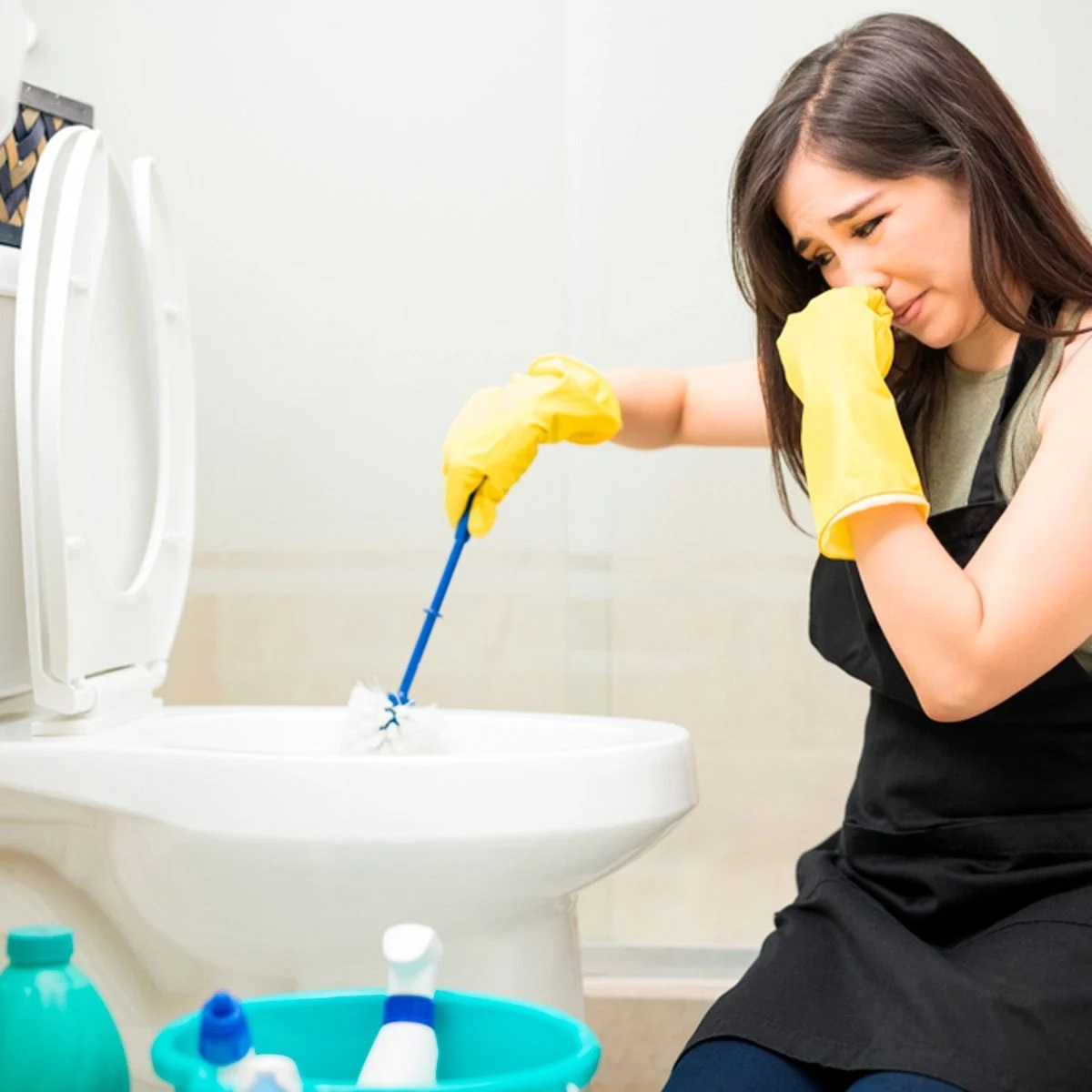

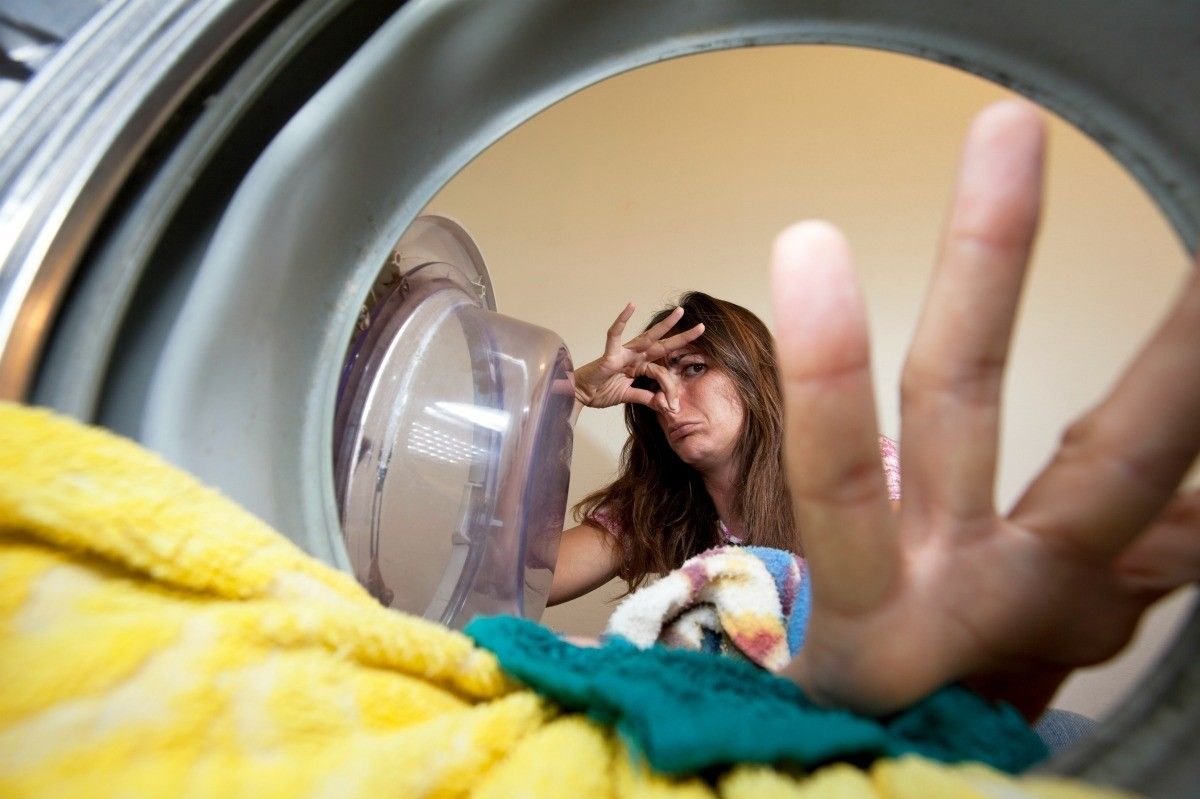
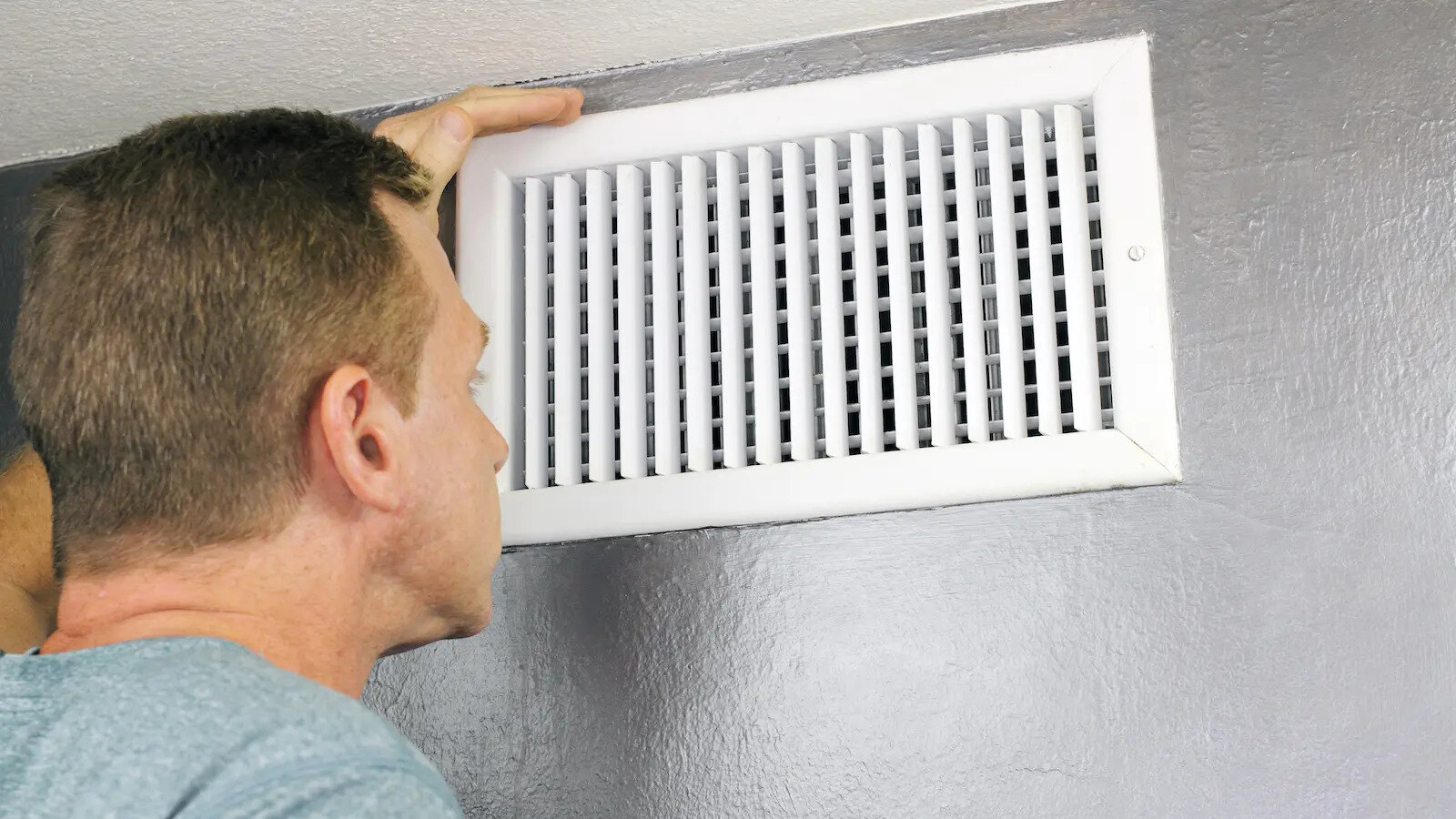

0 thoughts on “Why Does My Toothbrush Smell Bad”